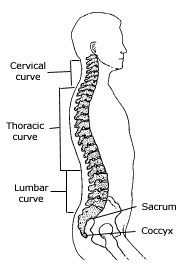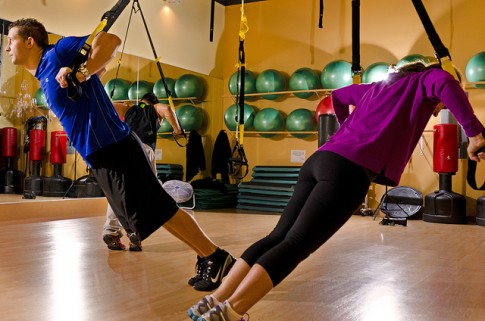The primary purpose of the typical exercises we do in the gym (whether at home or in a club) is to reinforce good patterns of movement that we need for everyday life. Think about it: squatting is simply sitting in a chair, lunging is what we often do to pick things off the floor, and pushing and pulling mimic a wide array of daily tasks — such as lifting objects over our head and opening doors. These movements are also common to sports such as golf (rotational movements) or skiing (lateral lunges). If we exercise with proper alignment and form in the gym, we train our body to repeat the same movements in daily life. I’m convinced that most ailments such as low back pain, hip or knee arthritis, or tendonitis, are a result of moving the wrong way over and over again. If you’re, say, 50 years old, how many times do you think you’ve squatted in your life (not counting squats at the gym!)? A few hundred times? A few thousand? How about a few hundred thousand times — possibly more than a million times? That’s why doing it right — to reduce the wear and tear on your joints — matters.
Watch a one-year-old learning to walk. Every step is a conscious effort: the step’s length and width; the arm position; the head. The toddler’s mainframe computer — the brain —analyzes and corrects thousands of steps over time until the process of walking no longer becomes a conscious effort but rather automatic — an ingrained software pattern in the toddler’s brain.
Similarly, squatting, lunging, rotating, pushing, and pulling in correct alignment, should be ingrained software patterns in our brains. The problem is that for many of us the software is flawed, because for years (maybe decades) we’ve been moving the wrong way. It’s time to use our workouts at the gym to move away from task-completion mentality (counting the number of sets) and to focus instead on how we move.
Going to the gym shouldn’t simply be about losing weight or making our muscles bigger and stronger; instead, it should be about performing purposeful movements that transfer over into our everyday lives — with losing weight and developing muscle mass as byproducts of moving with correct alignment and form, especially when under the loads of weights.








Leave a Reply
You must be logged in to post a comment.